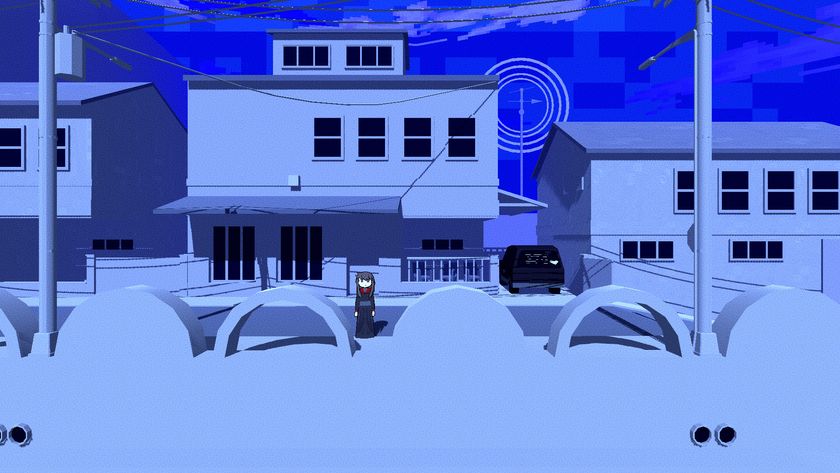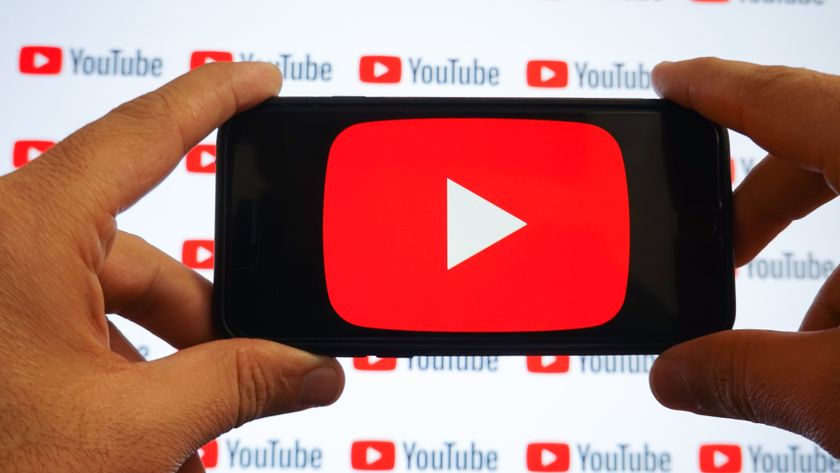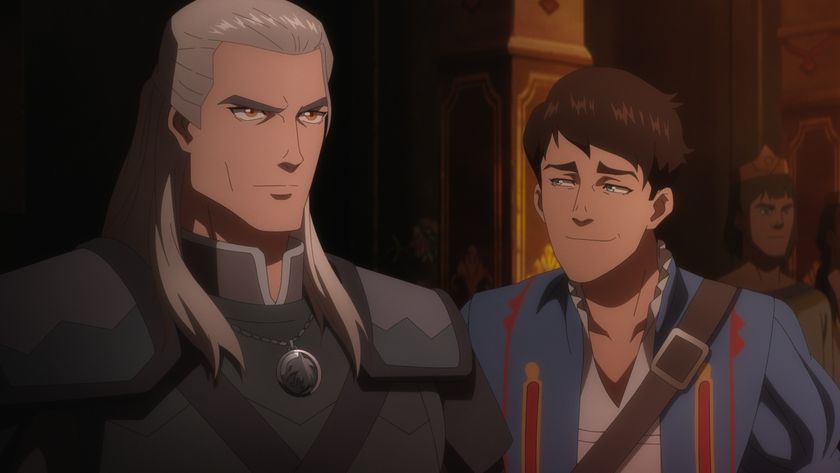The rise of Japanese indie games on Steam
Inti Creates and the mind behind La-Mulana talk about bringing games to Valve's platform in 2019.
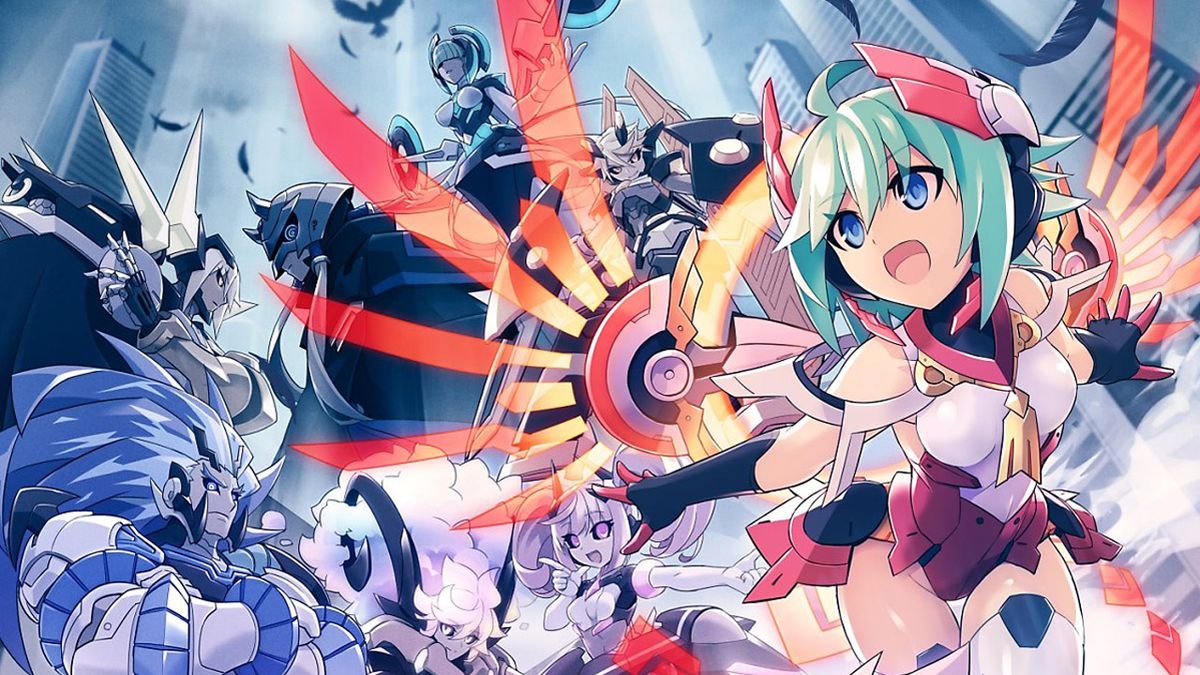
This is part three of a five-part series exploring PC gaming in Japan. The features originally ran in issue 335 of PC Gamer UK. We'll be publishing a new one each day this week, so be sure to come back for more of Wes' roadtrip.
Inti Creates may be the largest developer in Japan I’d call indie, at just shy of 100 people. It helps that their games look indie, with deliberately throwback pixel art and a devotion to old Japanese platformers like Mega Man. Hell, they made the Mega Man Zero games on the Game Boy Advance in the early 2000s, and today they have a strong lineup of 2D action games. More Japanese developers are finally bringing those sorts of games to PC, and I talked to Inti president Takuya Aizu at Bitsummit about the slow growth of the PC indie scene there.
When Inti Creates first started putting its games on Steam in 2015, there was a market for them in Japan, but a small one. They were mostly players in the ‘doujin’ community, who played fan games sold at Japanese comic markets. “A lot of the indie games, the doujin games of old, they’re very niche and have that core playerbase. Maybe not that big, but it’s still there,” Aizu says. “Even if the numbers weren’t gigantic on Steam, there was still that small core of customers who were there and we wanted to make ourselves available to them in some way. One of the big things for us as an independent developer was being able to easily, with Steam, reach a worldwide audience. That was a huge part of what made Steam so appealing.”
Aizu says that he thinks Steam started gaining traction four or five years ago.
“You started seeing more games that were ports of PC games that were appearing on PlayStation and Nintendo. People were starting to take notice. ‘Wait a minute, these were originally PC games. Here’s the second game in this series, but the first game’s only on PC. What the heck?’. You had a lot more players being cognisant of this and doing some research. I think that’s when it really started to click for a lot of people.”
Fighting with fish
In 2019, Inti Creates is making a big PC push, bringing more of its games to Steam. The big one is Gunvolt Chronicles: Luminous Avenger iX, out in September, which I already love for its brazenly absurd name..
That’s the opposite of the measured, brutal, and labyrinthine La-Mulana 2 from creator Takumi Naramura, which hit Steam in 2018 after eight years of work. And unlike Inti Creates, Naramura had a tiny team. In 2013 he gave a talk at the Game Developer’s Conference, addressing a famous statement from Fez designer Phil Fish that Japanese games “just suck”. He agreed, Japanese indies were way behind. But that was then.
The biggest gaming news, reviews and hardware deals
Keep up to date with the most important stories and the best deals, as picked by the PC Gamer team.
“I was making La-Mulana 2 for such a long time that there’s actually been kind of a resurgence in the Japanese indie game scene while I was working on it,” Naramura says. “I was working very hard to make the best Japanese indie game I could and prove Phil Fish wrong, but I was a bit late to the party, so to speak.”
Naramura watched Steam’s growth and access to western gamers inspire more indie development in Japan. But he’s also felt the squeeze of how many games are released on Steam today.
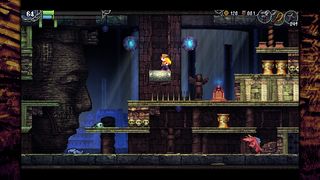
“The whole time, I was watching this unfold while I was at home working on the game,” he says. The Kickstarter funding ran out long before they finished, but he was committed to La-Mulana 2. “It was kind of rough, but there’s nothing to do but to do it. There were times when I really didn’t even know, what do I say to my family? We don’t have money. No matter what my family would say to me, there was about a year where I’d say ‘I’m not working [on other games]. I’m doing this’.”
LM 2 hasn’t done as well as he wanted on PC, but he hopes a console release will make up for it. When I ask what indies can do to stand out on Steam, he says, “I wish someone would tell me.” He pauses, and comes back with a more optimistic note, “The best thing is to just make a good game that when players play it, they love it.”

Wes has been covering games and hardware for more than 10 years, first at tech sites like The Wirecutter and Tested before joining the PC Gamer team in 2014. Wes plays a little bit of everything, but he'll always jump at the chance to cover emulation and Japanese games.
When he's not obsessively optimizing and re-optimizing a tangle of conveyor belts in Satisfactory (it's really becoming a problem), he's probably playing a 20-year-old Final Fantasy or some opaque ASCII roguelike. With a focus on writing and editing features, he seeks out personal stories and in-depth histories from the corners of PC gaming and its niche communities. 50% pizza by volume (deep dish, to be specific).
Most Popular






